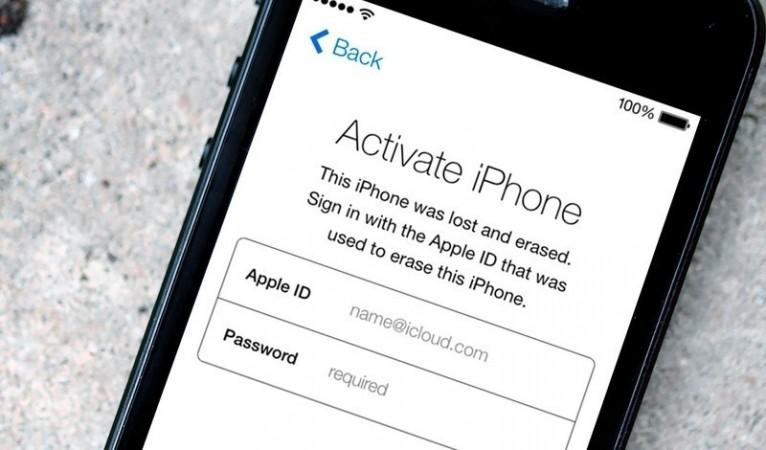
Delivering on what had been promised, the "kill switch" in smartphones has successfully cut down the number of smartphone thefts.
A recent data shows that smartphones, particularly iPhones, are no longer the favourites of eagle-eyed handset nabbers. This distaste for smartphone robbery arose after the introduction of the "kill switch".
Due to the "kill switch" software, the number of thefts and robberies of smartphones have dropped dramatically in New York, London and San Francisco. Law enforcement officials, who have been demanding that "kill switch" be included in all smartphones, hailed the news as evidence that the technology is a success.
The "kill switch" is a software lock that can be remotely triggered when a phone is deemed lost or stolen. It can wipe out private data from a phone and "brick it" so it can't be reprocessed or reprogrammed.
But many users have more queries about the software. A minor description has left a wide gap and many things remain unanswered. Here are six major queries related to the smartphone "kill switch" that have been answered to help you understand the software better:
What is it Exactly?
As we mentioned earlier, a smartphone "kill switch" is basically a software lock for your phone that can be remotely activated when a phone is lost or stolen. On triggering the "kill switch", it will delete personal data from a phone and effectively "brick it" so it can't be reprogrammed for future use. It's been more than a year now since law enforcement officials across the US started pushing the telecom industry to adopt the "kill switch" to combat smartphone theft. Apple already has it, and Android and Windows phones will adopt it soon.
How Does it Work Out?
If your phone is lost or stolen, you (or someone you have authorized) will be able to call your mobile carrier or use a website to send a "kill" signal to your phone. That signal will then lock the concerned device and, if you choose, it will also delete personal data. According to a previous US federal proposal, the "kill switch" will "render the device inoperable on the network of any provider of commercial mobile service or commercial mobile data service globally, even if the device is turned off or has the data storage medium removed." The only way to revive the phone after that will be via a password supplied by the phone's owner.
Why 'Kill Switch' When I Have 'Find My iPhone' or 'Google Android Locator'?
This is one query that most smartphone users have. Well, Built-in tracking services can indeed help locate a phone and wipe its memory, but there's a catch. This happens only if the phone remains online. However, often thieves switch off a stolen phone and re-install the operating system. That wipes all personal information on the phone, alongside your link to it. But the "kill switch" software is resistant to such OS re-installs.
Will It Work Toward Better Protection?
Well, this question would have made sense until a year ago. There was a bit of general scepticism all around related to installing the "kill switch" software on phones at that time. However, there shouldn't be any doubt now as recent reports state how there has been a dramatic fall in smartphone thefts in New York, London and San Francisco, just because of the "kill switch". "The huge drops in smartphone theft that have occurred since the kill switch has been on the market are evidence that our strategy is making people safer in our cities, and across the world," New York State Attorney General Eric Schneiderman said in a statement.
How Much Will it Cost?
If you are in the US, riding high on the Minnesota law for the same and the proposed legislation in California, the "kill switch" should come free of charge. Others outside the US could also expect the roll-out of the software soon, coming primarily via major smartphone manufacturers in those areas. But it won't be long before Google comes to a decision over the matter, so as to add the feature in future Android versions.
Why Do I Need It?
While the recent reports regarding the fall in the number of smartphone thefts is inspiring, it doesn't mean that smartphones will now be immune to thefts. The figures above are for smartphones that had the "kill switch" in the first place, which includes mostly iPhones; while general smartphones still remain open to nabbers. A "kill switch" seems as good protection option as you will get in this regard, at this moment.

















